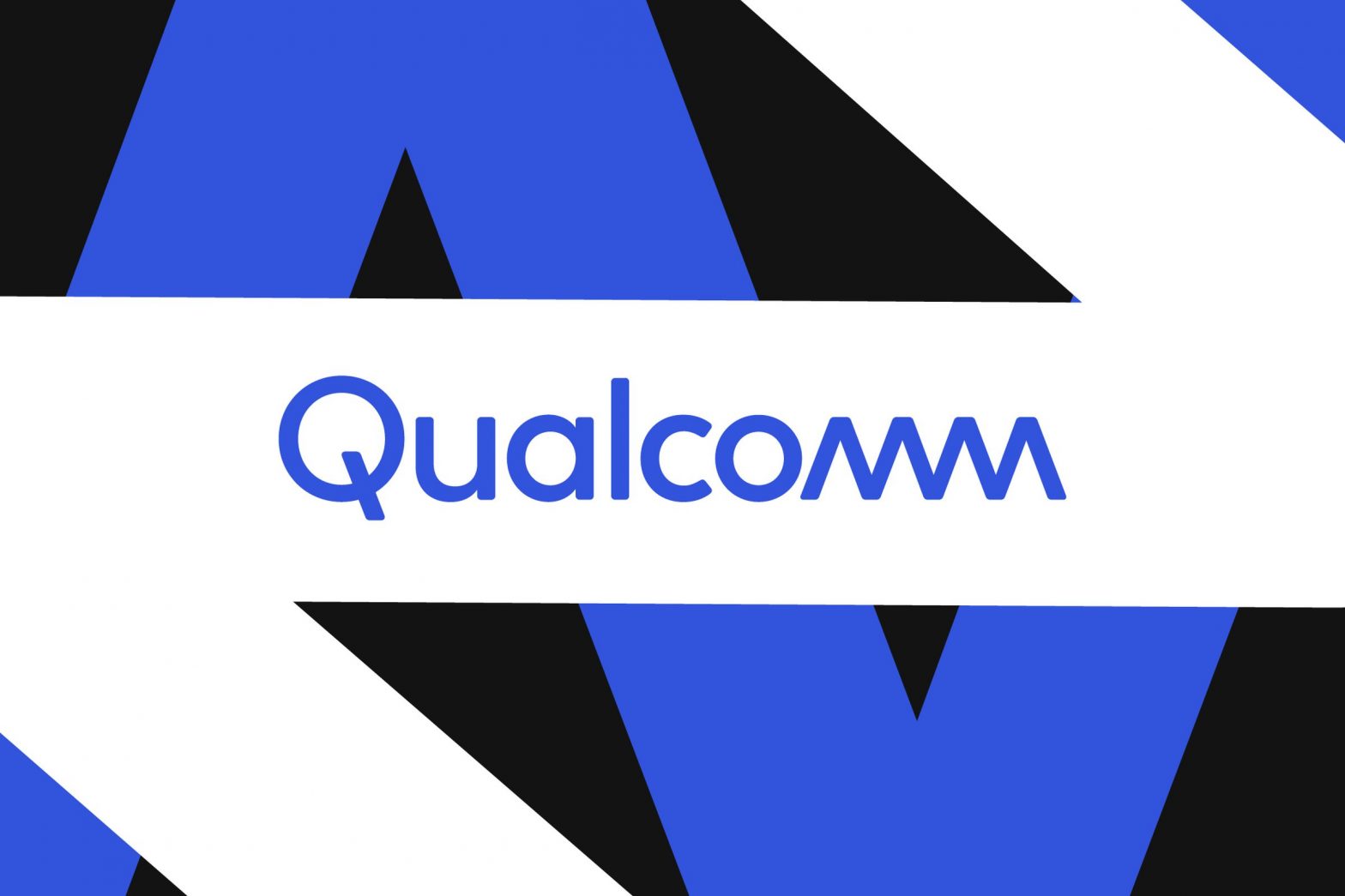/
The Snapdragon X75 5G modem-RF system supports the next wave of 5G advances and should help your phone connect to the right signal when you get off the subway. It’ll start landing in devices in the second half of 2023.
:format(webp)/cdn.vox-cdn.com/uploads/chorus_asset/file/24007991/acastro_STK082_qualcomm_01.jpg)
Qualcomm is warming up for Mobile World Congress by announcing its newest modem: the Snapdragon X75. It updates last year’s X70, which is in the Snapdragon 8 Gen 2-powered phones just hitting the market like the Samsung Galaxy S23 Ultra and OnePlus 11 5G. This time around, Qualcomm is getting its modem-RF chip ready for the next wave of 5G advances in addition to enabling more powerful uplink and downlink connections and using AI to help your phone stay better connected in tricky spots.
The X75 is equipped for 3GPP’s release 17 and 18, which establish the standards for the next phases of 5G technology. Release 18, in particular, marks the start of a phase called 5G Advanced, which is where we’ll see 5G in more applications like connected cars and cities — you know, the stuff 5G is supposed to do.
:format(webp)/cdn.vox-cdn.com/uploads/chorus_asset/file/24433647/Snapdragon_X75_5G_Modem_RF_System.jpg)
Qualcomm has done a little space-saving rearranging with the X75, with a combined mmWave and sub-6GHz 5G transceiver. The new architecture takes up 25 percent less circuit board space and uses up to 20 percent less power.
The X75 also comes with more support for 5G carrier aggregation, which is a technology that combines frequencies to send and receive data much faster than when they’re used individually. The new chip supports five-carrier sub-6GHz aggregation and a whopping 10-carrier mmWave aggregation.
There’s good news for uplink speeds, too: the X75 supports 5G uplink MIMO (multiple-input multiple-output) and can send two signals at the same time using FDD (Frequency Division Duplex — a spectrum technology that sends and receives data all at once rather than doing one thing at a time). All of that should boil down to much faster connections, whether you’re sending or receiving data, but not for a while — wireless carriers like T-Mobile are just starting to work on three-carrier aggregation out in the wild, so don’t expect to see five-carrier aggregation pop up anytime soon.
The chip’s upgraded software suite also aims to help your phone make a better connection when you’re in a spot that’s tricky for wireless signals, like an elevator, a parking garage, or a subway train. According to Qualcomm, it uses context to determine which cell it should latch onto in order to maintain a better connection as you move around. There’s also a second-gen AI accelerator onboard, which helps improve location accuracy in challenging places like “dense urban canyon” environments. If that means my phone will better be able to figure out which city street I’m standing on when I’m placing a pin for my Uber driver, then I’m all for it.
Qualcomm says the X75 is out in testing now and should start arriving in devices in the second half of 2023. That will certainly include a lot of Android phones, but whether the chip will make it into future iPhones is a little less clear.
